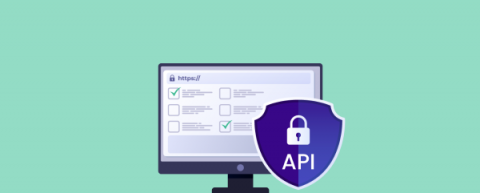API4:2019 - Lack of Resources & Rate Limiting: The What, Sample Exploit, and Prevention Methods
Lack of resources & rate limiting is #4 on the OWASP Top 10 API Security Risks 2019. It is a prevalent API security risk. As per OWASP, rate limiting and resource-related flaws in APIs are quite easy to exploit, especially with automated toolkits and for-hire services. But the exploitation of the lack of resources & rate limiting flaws has severe consequences for the organization. So, what exactly is this security risk, and how do you prevent it?











